Search the Special Collections and Archives Portal
Search Results
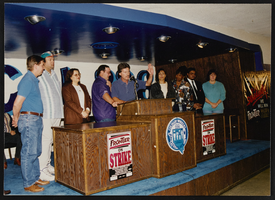
Union hall meeting, Culinary Union, Las Vegas (Nev.), 1990s (folder 1 of 1), image 15
Date
Description
Image
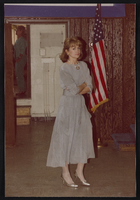
Members at the union hall, Culinary Union, Las Vegas (Nev.), 1990s (folder 1 of 1), image 15
Date
Description
Image
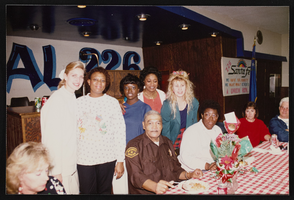
Dinner at union hall, Culinary Union, Las Vegas (Nev.), 1990s (folder 1 of 1), image 15
Date
Description
Image
Las Vegas Convention Center: East Hall expansion, 1975 October 15; 1977 April 1
Level of Description
Archival Collection
Collection Name: JMA Architecture Studio Records
Box/Folder: Roll 24
Archival Component
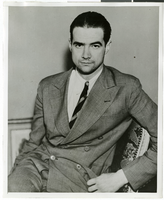
Photograph of Howard Hughes, 1936
Date
Archival Collection
Description
Image
Howard R. Hughes College of Engineering Records
Identifier
Abstract
The Howard R. Hughes College of Engineering Records contain materials dating from approximately 1968 to 2017 that document the establishment of the School of Engineering and later the Howard R. Hughes College of Engineering School. Materials include records of the Nevada Development Authority Partners for Industry through Engineering and Education (PiE2) program during the 1980s that was headed by Bob Gore of Summa Corporation (formerly known as the Howard Hughes Corporation). Collection records also include samples of class listings, phone directories, degree information, college rules and bylaws, and fact sheets and brochures for different engineering degree programs at UNLV. Materials also include accreditation questionnaires from 1989, 1990, and 1992. Also included are promotional brochures and pamphlets for the school from 2015 to 2017.
Archival Collection
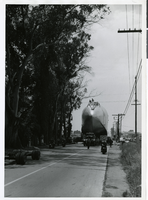
Photograph of Hughes Flying Boat section being moved to Terminal Island in the Los Angeles Harbor, June 15, 1946
Date
Archival Collection
Description
Image
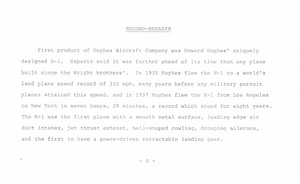
Photograph of Hughes H-1 Racer, Image 002
Date
Description
Image
Hugh McAllister oral history interview
Identifier
Abstract
Oral history interview with Hugh McAllister conducted by A. D. Hopkins on January 15, 1981 for the Ralph Roske Oral History Project on Early Las Vegas. In the interview, McAllister discusses his early life working as a miner in Colorado and Nevada, his time in Lathrop Wells, Nevada, and his eventual move to Las Vegas, Nevada in 1936. McAllister also discusses his work as a bread truck driver, highway construction worker, and a machine shop worker for Basic Magnesium, Inc.
Archival Collection
New York New York hotel 9/11 memorial: digital photographs, 2001
Level of Description
Archival Collection
Collection Name: Bill Hughes Photographs
Box/Folder: Digital File 00
Archival Component
